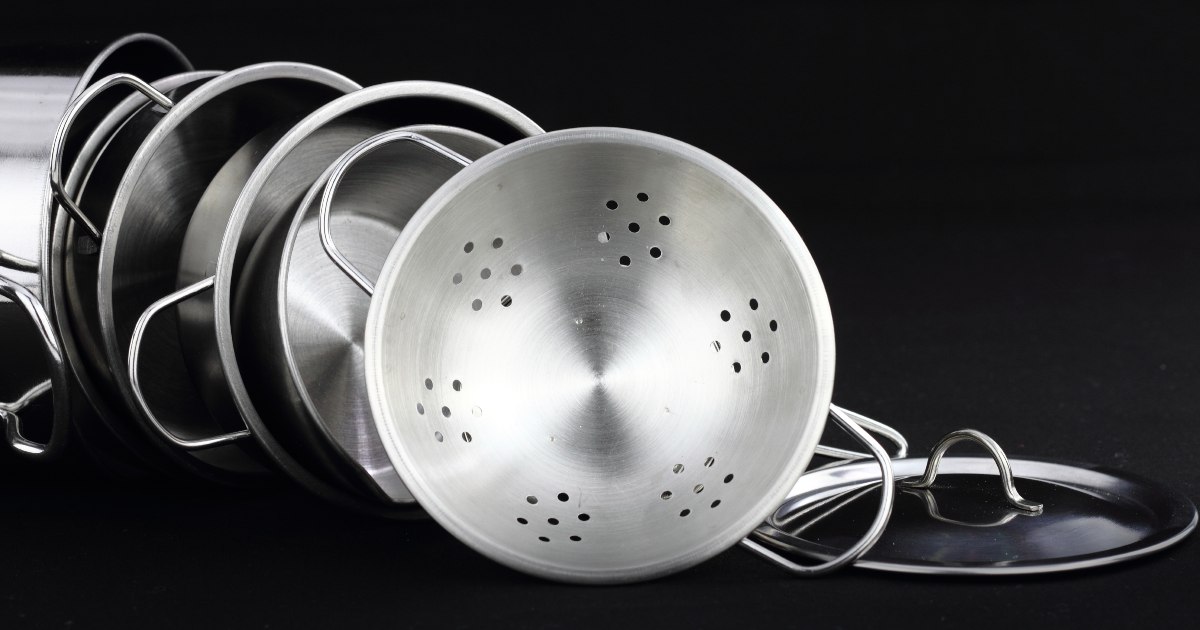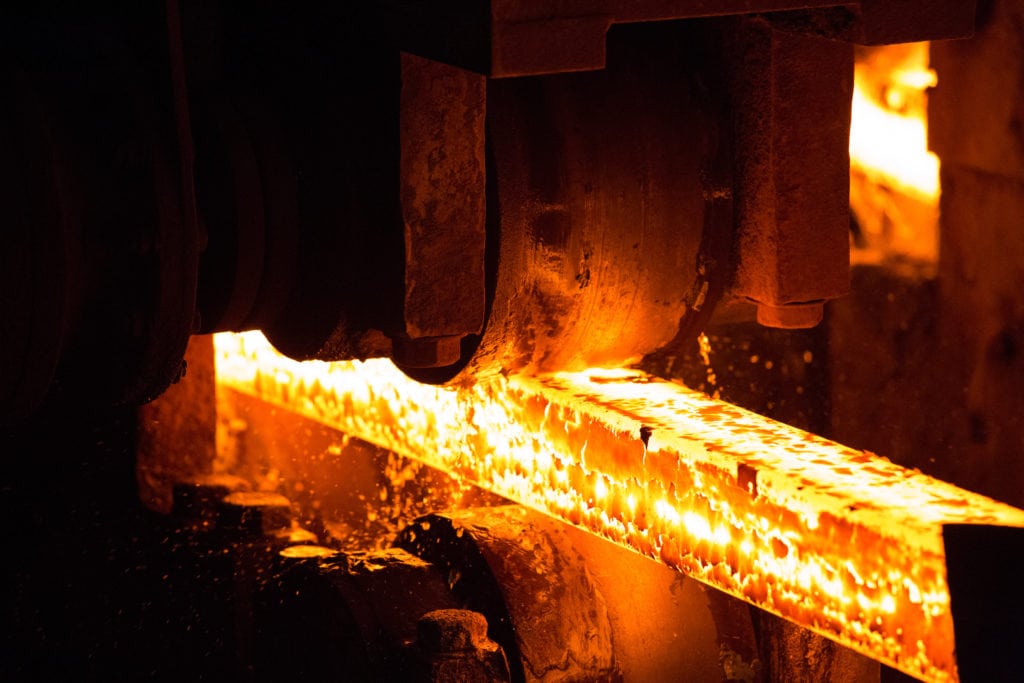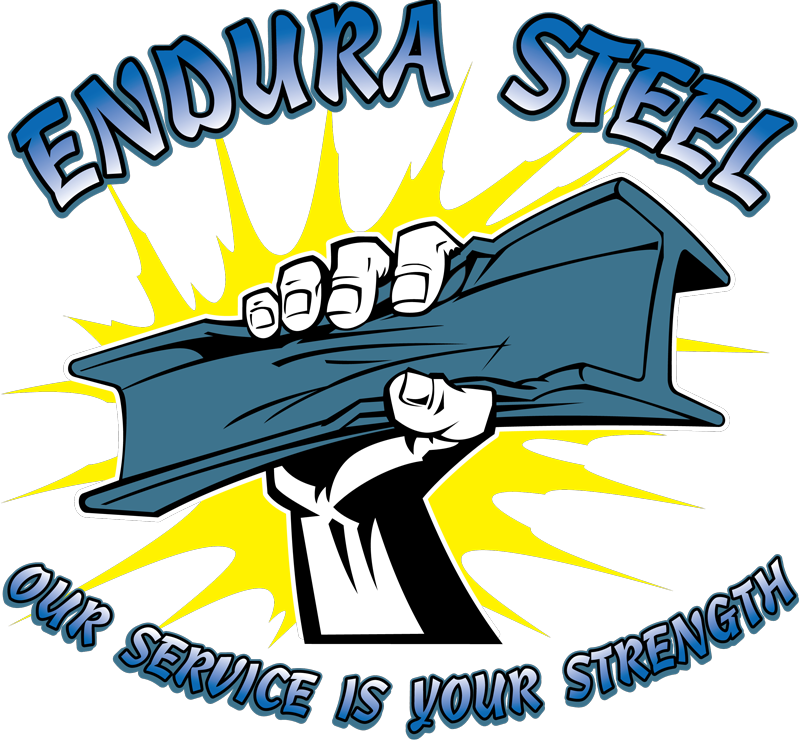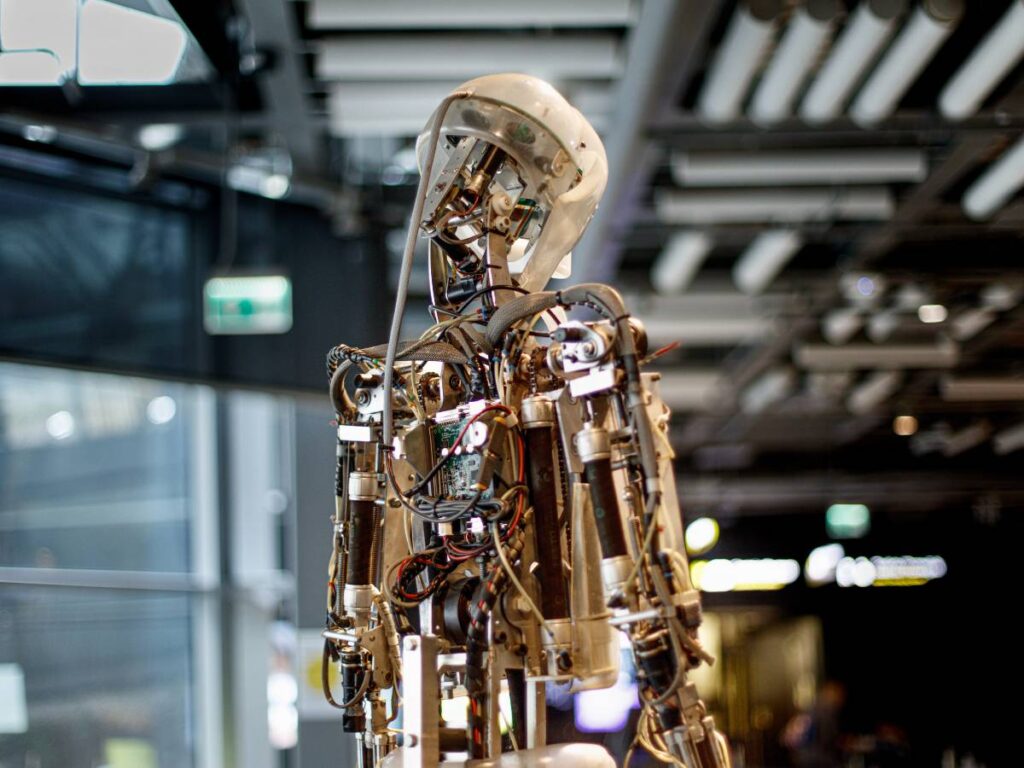In our ever-evolving world, modern marvels continuously captivate our imagination and push the boundaries of what we once deemed possible. From awe-inspiring technological advancements to breathtaking architectural wonders, no shortage of innovations leaves us astounded. We will uncover ten fun facts about steel that shed light on its ingenuity and significance. Join us on this exploration as we unravel the mysteries behind this extraordinary creation and marvel at the marvels of modernity.
1. Steel is an Alloy
Steel is a versatile material used across industries due to its exceptional strength, durability, and malleability. Note that steel is not an element but an alloy. It primarily comprises iron and carbon, with varying percentages of each component determining the steel’s properties. The carbon content plays a role in defining the hardness and strength of the steel.
Generally, higher carbon content results in more rigid steel, while lower carbon content yields softer, more malleable steel. Steel can contain other alloying elements to enhance specific characteristics. Elements such as manganese, chromium, vanadium, and tungsten can be incorporated into steel in varying amounts depending on the desired properties, such as corrosion resistance, heat resistance, or increased strength.
2. Steel Comes in Various Forms
Steel is an incredibly diverse material with thousands of distinct varieties, each designed to serve specific purposes based on its unique properties. One common type of steel is mild steel, characterized by its low carbon content and softness. Mild steel is relatively easy to shape, making it suitable for various applications such as construction, furniture, and automotive components. It is widely used in manufacturing due to its affordability and versatility.
A vast range of intermediate varieties with varying carbon content and alloying elements exist between mild and high-carbon steel. These include stainless steel, alloy steel, tool steel, and many others, each tailored to meet specific requirements in different industries. The wide array of steel varieties allows manufacturers to select the most suitable type for their intended applications.
3. Steel is 100% Recyclable

Steel is renowned for its exceptional recyclability, making it one of the most sustainable materials. Unlike many other materials, steel can be recycled indefinitely without losing its inherent properties. The recycling process involves collecting steel scrap from various sources, such as discarded appliances, automobiles, and construction materials, and then melting it in a furnace. The molten steel is then shaped into new products or used as a raw material for manufacturing processes. This closed-loop recycling system ensures that steel waste is minimized and valuable resources are conserved.
The recycling of steel offers numerous environmental and economic benefits. Recycling steel reduces primary steel production’s demand for virgin iron ore and coal. This results in significant energy savings and reduces greenhouse gas emissions associated with mining and ore processing. Recycling steel helps alleviate the burden on landfill space, as steel scrap can take up a substantial volume if not properly recycled. By diverting steel waste from landfills, recycling reduces waste and promotes a more sustainable waste management system.
4. Steel Has a High Tensile Strength
Steel is renowned for its exceptional tensile strength, making it an invaluable material in various industries. Tensile strength refers to a material’s ability to withstand stretching or pulling forces without breaking or undergoing permanent deformation. Steel’s high tensile strength results from its crystalline structure and the presence of carbon and other alloying elements. The molecular arrangement of steel allows it to distribute and resist the applied forces effectively, making it highly resistant to tensile stress.
The remarkable tensile strength of steel makes it a preferred choice in construction and manufacturing. In structural applications, such as building frameworks, bridges, and high-rise structures, steel’s ability to withstand stretching forces enables it to support heavy loads and endure external pressures. This strength contributes to the structural integrity and safety of buildings and Infrastructure. Similarly, steel’s high tensile strength in manufacturing is excellent for producing components that must withstand significant forces, such as machinery parts, automotive frames, and aircraft components. Steel’s ability to resist stretching without breaking ensures the durability and reliability of these products, even under demanding operating conditions.
5. Steel Has Numerous Uses in Infrastructure
Steel is the primary material of choice in Infrastructure and building construction due to its strength and durability. The unique properties of steel make it an ideal material for constructing skyscrapers, bridges, and railways, which require structures capable of withstanding immense loads and harsh environmental conditions. The high tensile strength of steel allows for the creation of tall and robust skyscrapers that can support their own weight and external forces, such as wind and seismic loads. The flexibility of steel also enables the construction of buildings with open floor plans, providing architects and designers with greater freedom in creating innovative and aesthetically pleasing structures.
Bridges, another infrastructure component, rely heavily on steel for construction. Steel’s strength and durability make it capable of withstanding the weight of vehicles, pedestrians, and the dynamic forces exerted on bridges, such as wind and traffic vibrations. Steel bridges can span large distances while maintaining structural integrity, providing vital transportation links across rivers, valleys, and highways.
6. Stainless Steel is a Steel Alloy

Stainless steel is an alloy containing a minimum of 10.5% chromium by mass, making it highly resistant to staining and corrosion. This composition allows stainless steel to maintain its pristine appearance and integrity even when exposed to harsh conditions. The chromium content forms a protective layer on the steel surface, preventing it from reacting with oxygen and other environmental elements. As a result, stainless steel is widely used in applications where hygiene is critical, such as kitchen utensils, food processing equipment, and medical instruments. Its corrosion resistance ensures these items remain safe, durable, and easy to clean, making stainless steel a reliable and hygienic choice in various industries.
Moreover, the exceptional corrosion resistance of stainless steel extends its usability in challenging environments. It is extensively employed in marine and coastal structures and outdoor architectural components, where exposure to moisture, saltwater, and atmospheric elements is expected. Stainless steel’s ability to resist corrosion prevents structural damage and ensures longevity, making it a preferred material for bridges, handrails, and exterior cladding.
7. Legendary Crucible Steel
Crucible steel is a fascinating historical type that gained recognition for its exceptional quality and craftsmanship. The production process involved melting iron and various other materials, such as carbon-rich substances like charcoal or wrought iron, in a crucible. This method allowed for precise control over the composition and impurity levels in the steel, resulting in a high-quality end product. Crucible steel became renowned for its superior strength and ability to hold a sharp edge. It makes it highly sought after for producing swords and other bladed weapons.
The art of producing crucible steel originated in ancient times and was perfected by skilled craftsmen. The intricate process involved carefully selecting and combining the materials in the crucible, followed by a lengthy heating and cooling period to achieve the desired steel composition. The resulting steel had a homogeneous and fine-grained structure, free from impurities and inconsistencies in other steel production methods of that era. Its craftsmanship and attention to detail contributed to the reputation of crucible steel as one of the highest-quality steels available, often surpassing the quality of other contemporary steel types.
8. Bessemer Process
The Bessemer process, a groundbreaking invention by Sir Henry Bessemer in the 19th century, revolutionized steel production and profoundly impacted the industrial revolution. Before this innovation, steel was labor-intensive and expensive to produce, limiting its availability and usability. The Bessemer process introduced a more efficient and cost-effective method for mass-producing steel on a large scale.
Moreover, the process involved blowing air through molten iron, effectively oxidizing impurities and reducing the carbon content. This led to removing excess carbon and other elements that could weaken the resulting steel. By controlling the airflow, Bessemer could adjust the carbon content and produce steel of varying grades, making it a versatile material for different applications. The Bessemer process drastically reduced the time and cost of steel production, making it more accessible to industries and spurring advancements in Infrastructure and manufacturing.
9. Temperature Influences

Temperature plays a role in modifying the properties of steel. It allows for the desired characteristics to be achieved through various heat treatment processes. Heat treatment methods such as annealing, tempering, and quenching alter steel’s hardness, flexibility, and tensile strength based on specific requirements. Annealing involves heating steel to a particular temperature and slowly cooling it, often in a controlled furnace environment. In addition, this process allows the steel to undergo a transformation that relieves internal stresses and promotes grain growth. It results in improved ductility and toughness. Annealing also reduces the hardness of steel, making it easier to machine and shape.
By manipulating temperature during these heat treatment processes, steel can be tailored to meet the specific requirements of different applications. These temperature influences allow for precise control over the material’s properties. It enables engineers and manufacturers to optimize steel’s performance for various industries, including automotive, construction, and manufacturing.
10. Symbol of Industrialization
Steel has long been regarded as a powerful symbol of a nation’s industrialization and economic strength. The amount of steel a country produces became a widely recognized indicator of its industrial power. The phrase “How much steel did a country produce” was a benchmark for measuring a nation’s progress in industrial development.
In addition, steel production requires advanced technologies, skilled labor, and a well-developed industrial base. Countries that could produce significant quantities of steel demonstrated their ability to master complex metallurgical processes. These countries implement efficient manufacturing systems and mobilize resources effectively. Steel production became a primary yardstick for evaluating a nation’s industrial prowess and position in the global economic landscape.
Amazing and Interesting Steel
As we conclude our journey through the ten fun facts about steel, we are left in awe of human capacity. The relentless pursuit of progress has paved the way for astonishing advancements that shape our world and challenge our understanding. From mind-boggling technologies to groundbreaking discoveries, the modern marvel showcases the remarkable heights we have reached as a civilization. Finally, let us embrace the spirit of curiosity and continue to push the boundaries of what we once believed possible. In these pursuits, we unravel the wonders of our time and pave the way for future marvels.
Our Locations
Get a Quote Now

